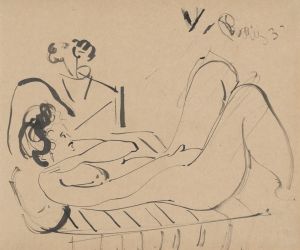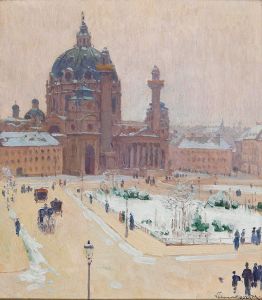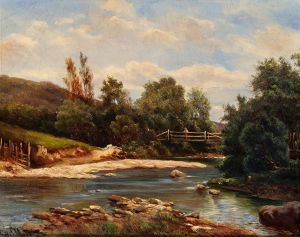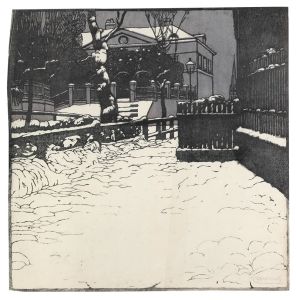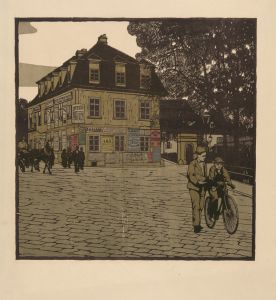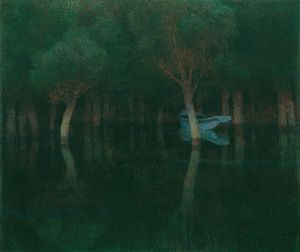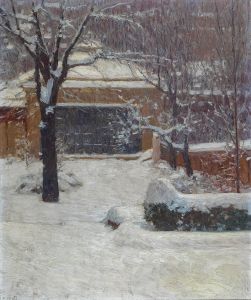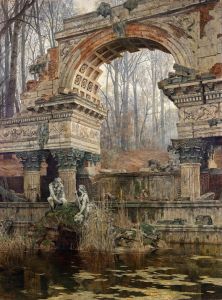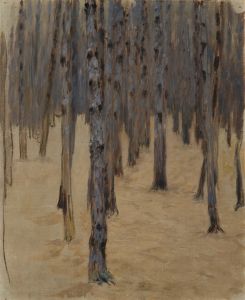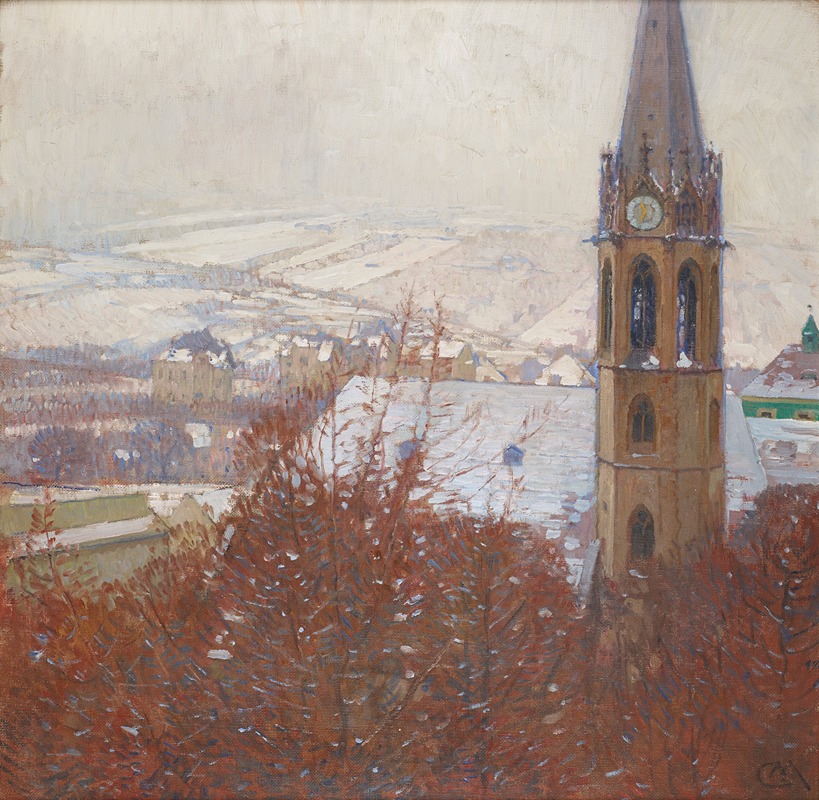
Heiligenstadt im Schnee
A hand-painted replica of Carl Moll’s masterpiece Heiligenstadt im Schnee, meticulously crafted by professional artists to capture the true essence of the original. Each piece is created with museum-quality canvas and rare mineral pigments, carefully painted by experienced artists with delicate brushstrokes and rich, layered colors to perfectly recreate the texture of the original artwork. Unlike machine-printed reproductions, this hand-painted version brings the painting to life, infused with the artist’s emotions and skill in every stroke. Whether for personal collection or home decoration, it instantly elevates the artistic atmosphere of any space.
Carl Moll's painting Heiligenstadt im Schnee is a notable work by the Austrian artist, who was a prominent figure in the Vienna Secession movement. Painted in 1905, the artwork captures a serene winter scene in Heiligenstadt, a district in Vienna known for its picturesque landscapes and historical significance. The painting exemplifies Moll's mastery of light, color, and composition, showcasing his ability to depict atmospheric effects and the quiet beauty of nature.
Moll was deeply influenced by the artistic innovations of the late 19th and early 20th centuries, particularly the emphasis on mood and emotion in landscape painting. In Heiligenstadt im Schnee, he employs a muted color palette dominated by whites, grays, and soft blues to evoke the stillness and tranquility of a snow-covered landscape. The scene is rendered with a delicate attention to detail, highlighting the interplay of light and shadow on the snow and the surrounding architecture.
As a co-founder of the Vienna Secession in 1897, Moll was part of a group of artists who sought to break away from traditional academic art and embrace modernist principles. His work often reflects the Secessionist ideals of harmony, simplicity, and a focus on the natural world. While Heiligenstadt im Schnee is not as widely recognized as some of his other works, it remains an excellent example of his contribution to early 20th-century Austrian art.
The painting is also significant for its depiction of Heiligenstadt, an area with historical and cultural importance. Heiligenstadt was known as a retreat for artists and intellectuals, and it played a role in the life of Ludwig van Beethoven, who stayed there during a pivotal period in his career. Moll's choice of this location for his painting underscores his connection to Vienna's cultural heritage and his interest in capturing the essence of its landscapes.
Today, Heiligenstadt im Schnee is appreciated for its aesthetic qualities and its place within Carl Moll's body of work. It reflects the broader artistic trends of its time while also showcasing the unique vision of an artist who sought to bridge tradition and modernity. The painting is held in a private collection, and its details are studied by art historians and enthusiasts who continue to explore Moll's contributions to the Vienna Secession and the development of modern art in Austria.









